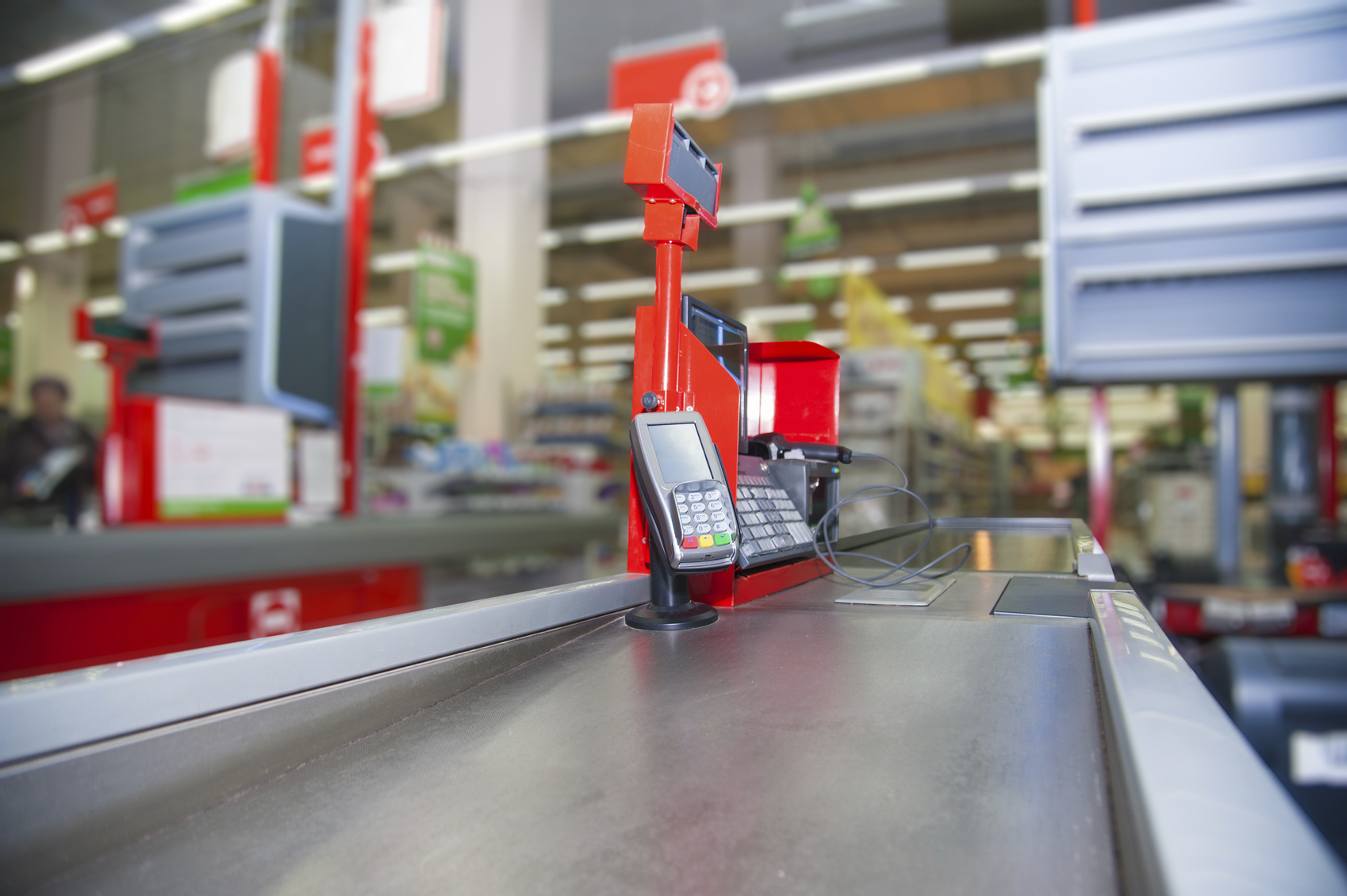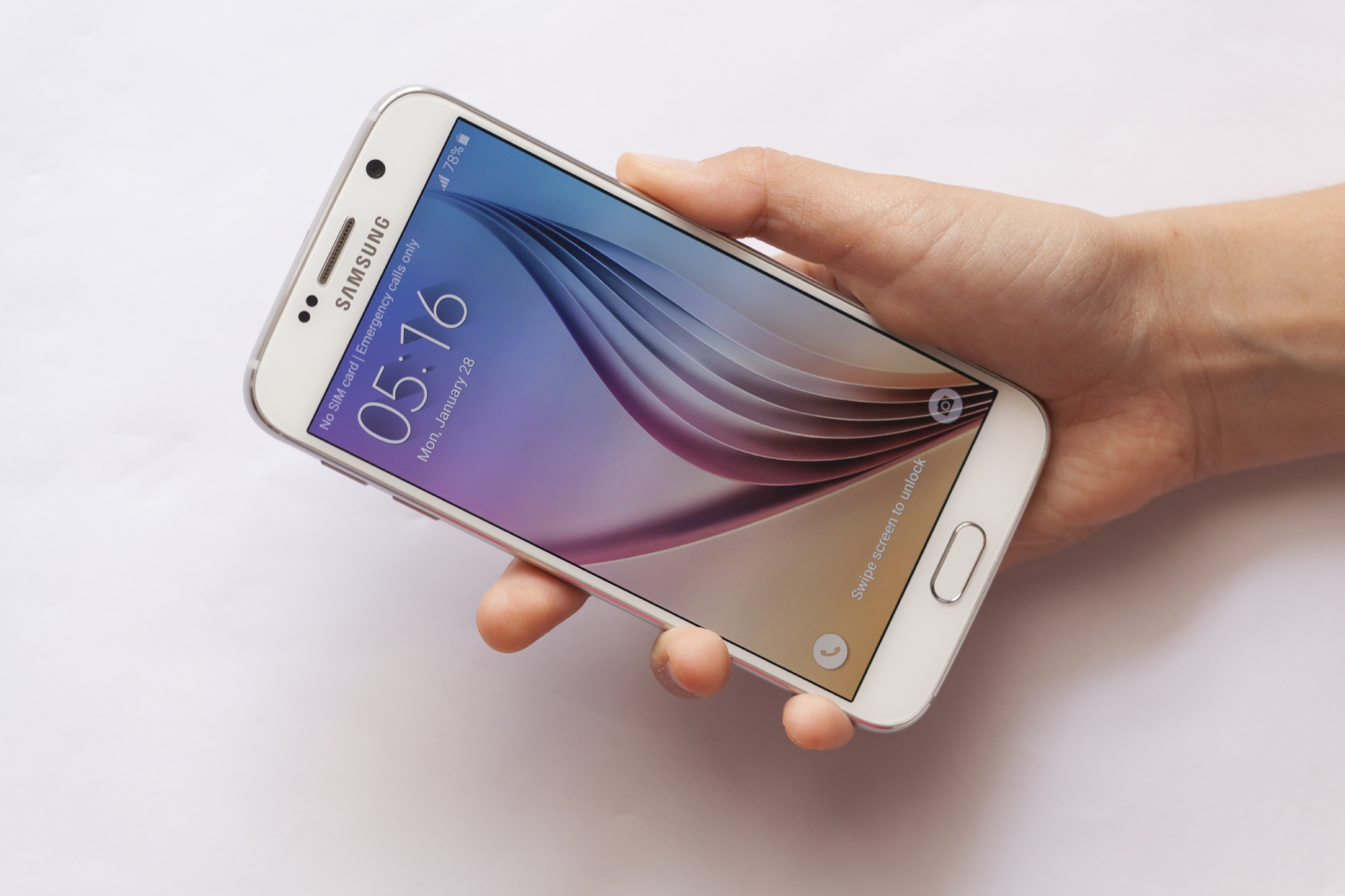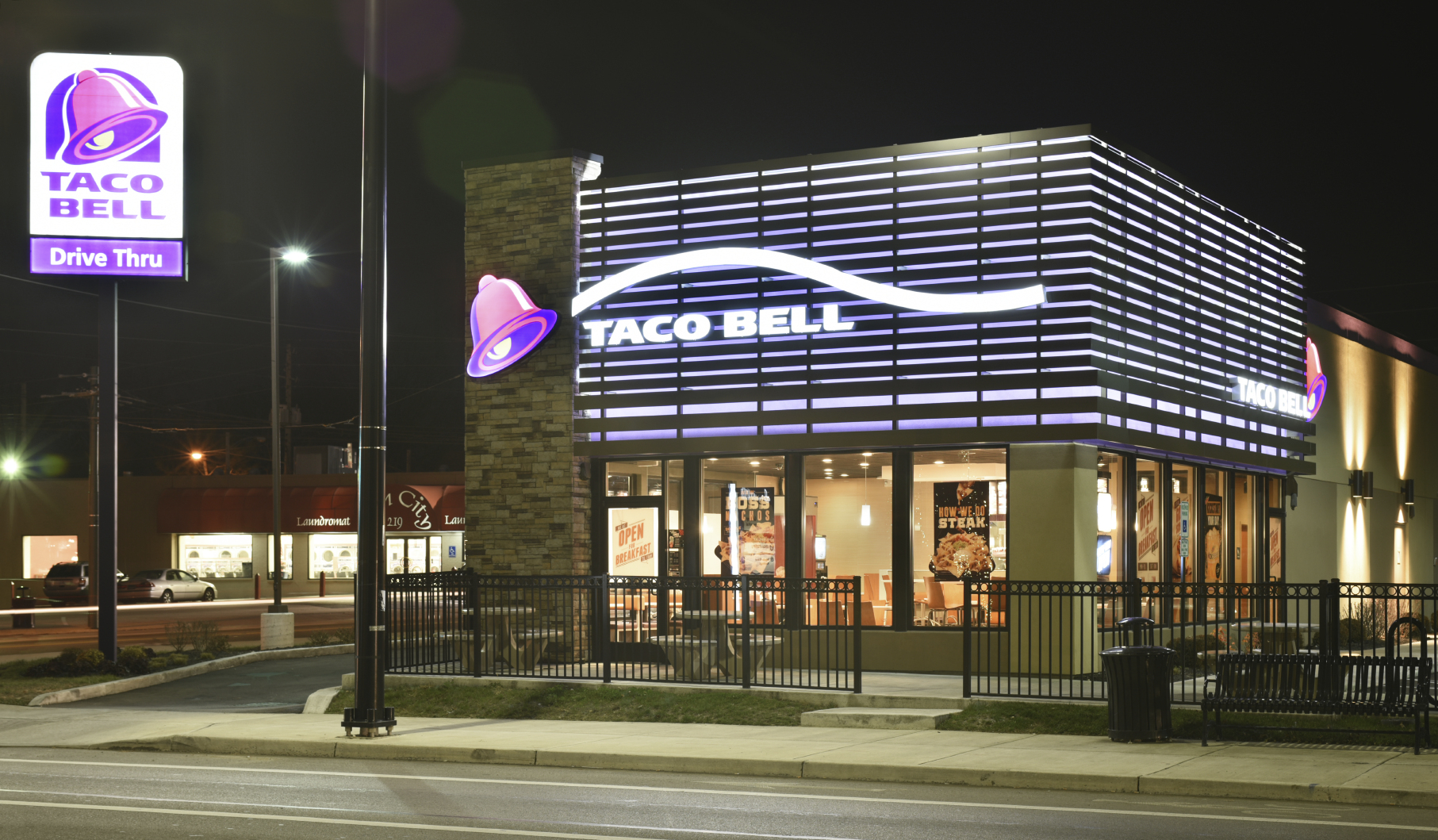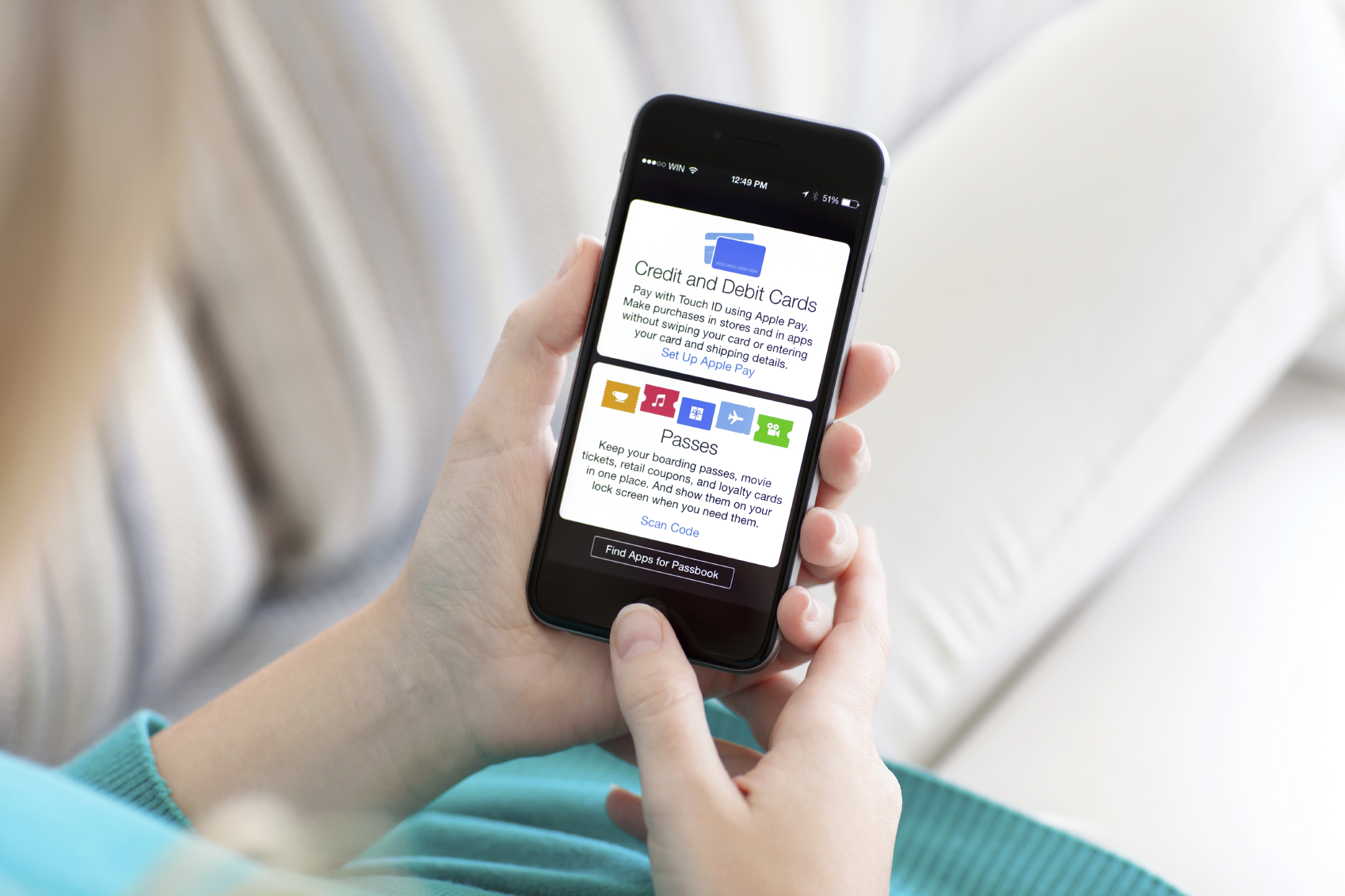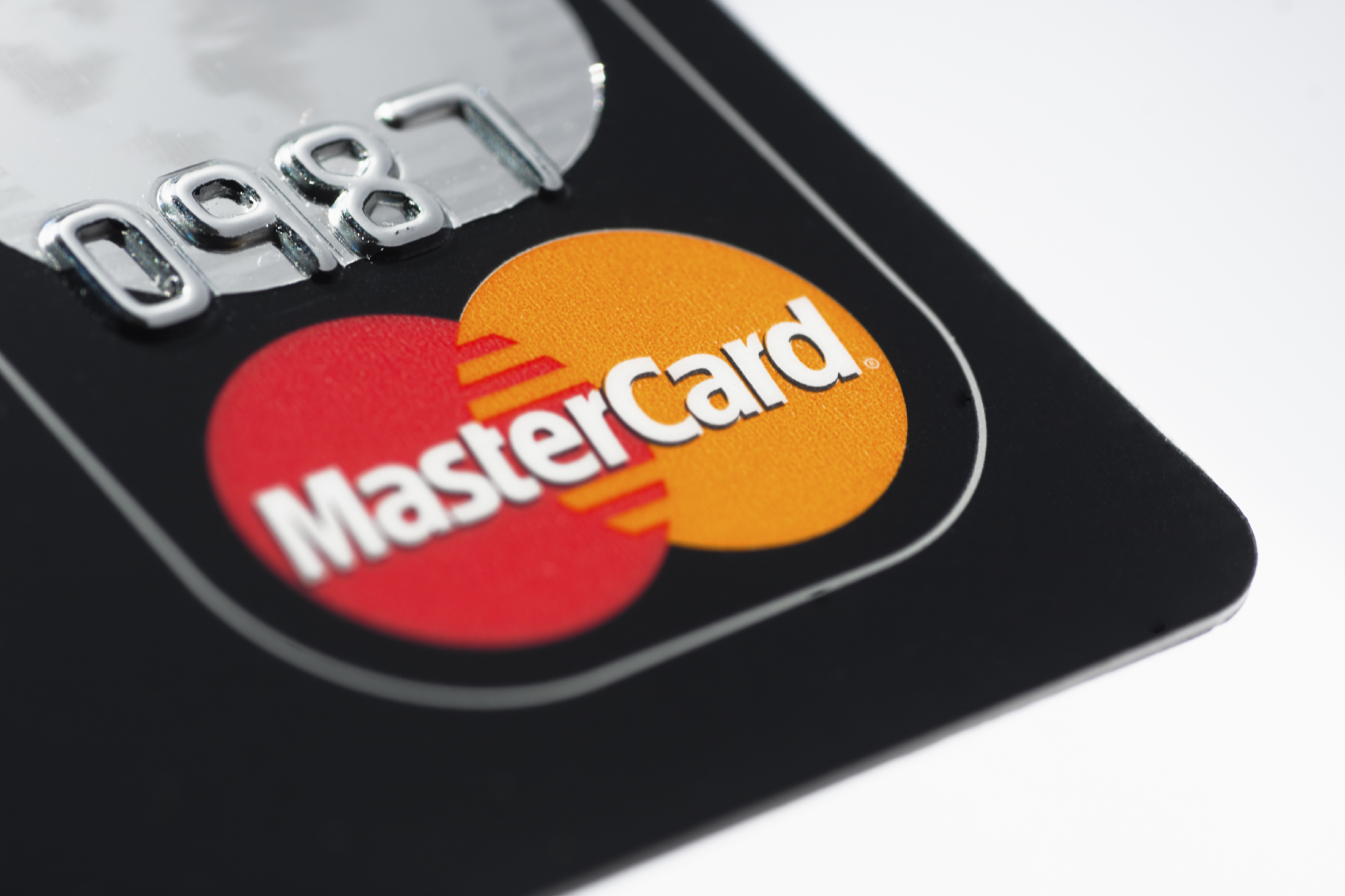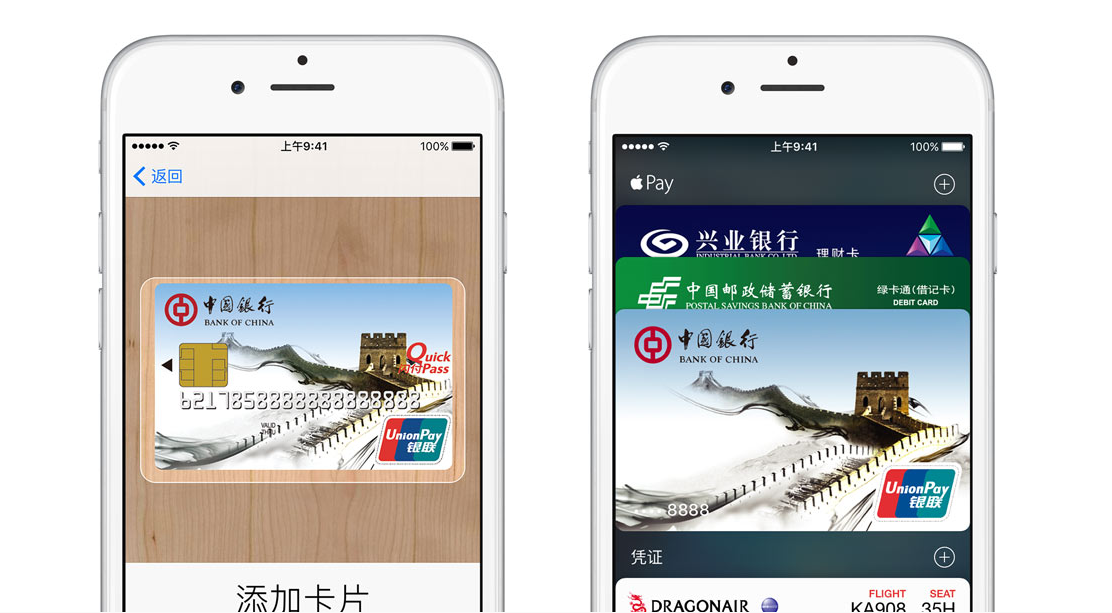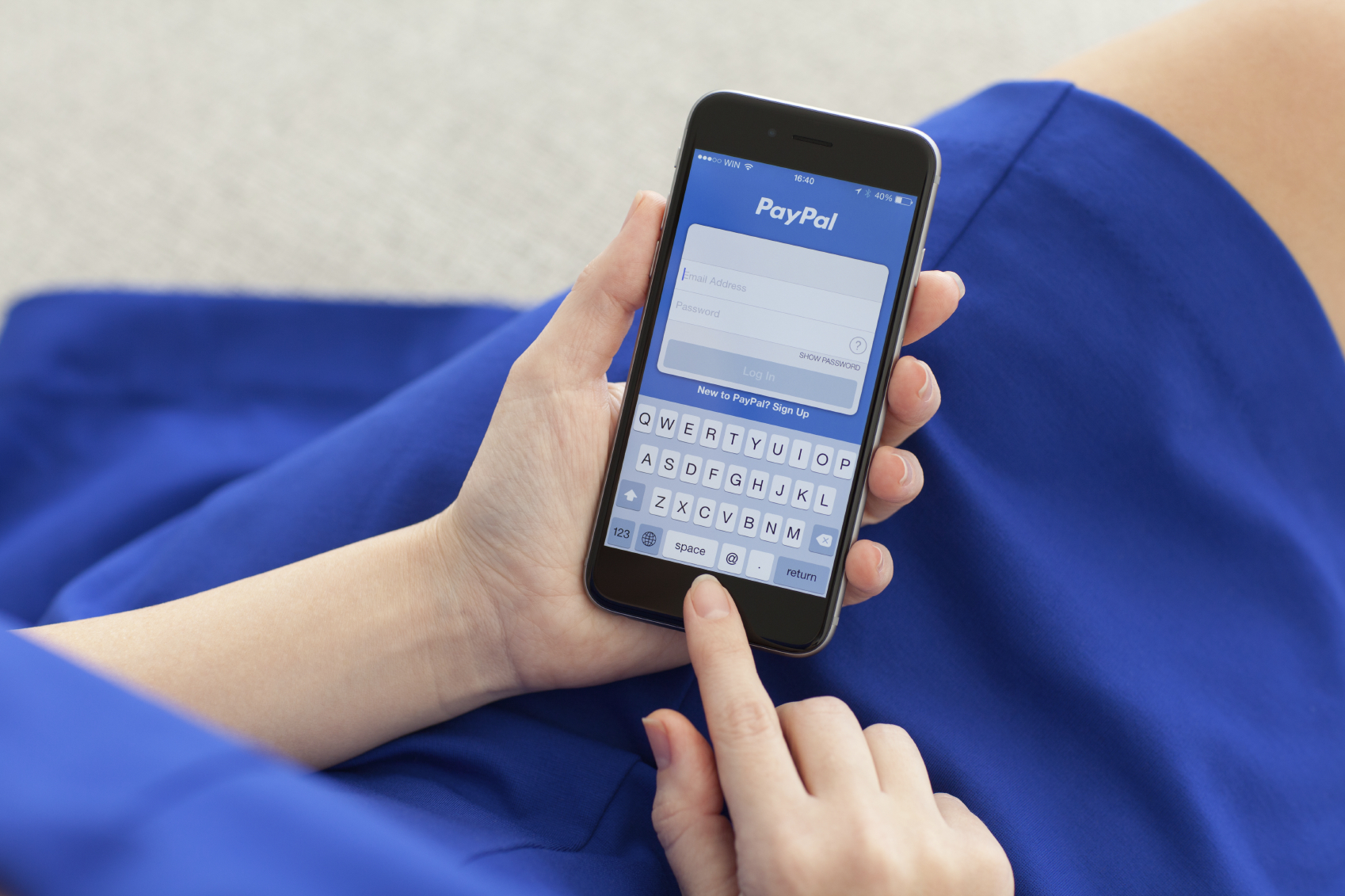What Happened
The Merchant Consortium Exchange (MCX) announced on Wednesday that it will be ending its CurrentC beta test on June 28th and postponing all future releases. After the beta test ends, MCX will disable all customer accounts and end consumer access to the service. The news came after MCX laid off some 30 employees last month.
CurrentC was conceived by MCX, a consortium made up of big-name retailers such as Walmart, 7-Eleven, and Target, as a merchant owned mobile wallet in 2012, aiming to give the retailers more control over the check-out process and purchase data. The MCX started beta testing the system last August, almost one year after Apple Pay’s launch, and kept postponing its official launch date. As Apple Pay continues to add more banks and credit card companies to its service, CurrentC lagged behind, failing to gain any real traction among consumers.
What Retailers Need To Do
If you have been holding out on adopting other popular mobile payment systems in your stores, CurrentC’s imminent demise should come as a wake-up call. Even Walmart started developing its own mobile payment system in December, despite being a founding member of MCX and one of the most high-profile retailers blocking Apple Pay in favor of CurrentC.
With more and more consumers now shopping with their smartphones in their hands or pockets, it is only a matter of time before mobile payments become a mainstream practice for in-store purchases as the technology matures. Therefore, for brands that wish to stay ahead of the digital curve, now would be the time to start developing a digital payment strategy and incorporating existing reward and loyalty programs into point of sale systems.
For more information on how retailers can modernize the shopping experience with mobile technologies, check out the Boundless Retail section in our Outlook 2016.
Source: 9to5Mac
